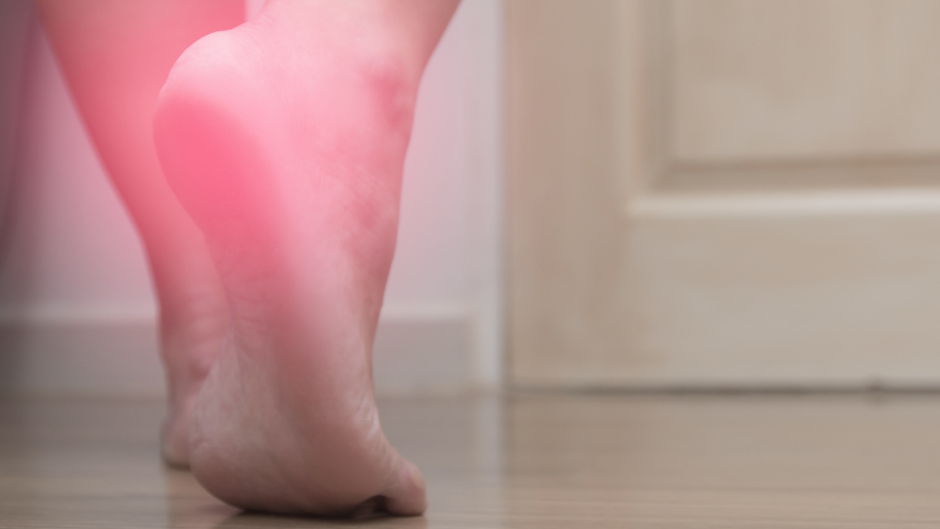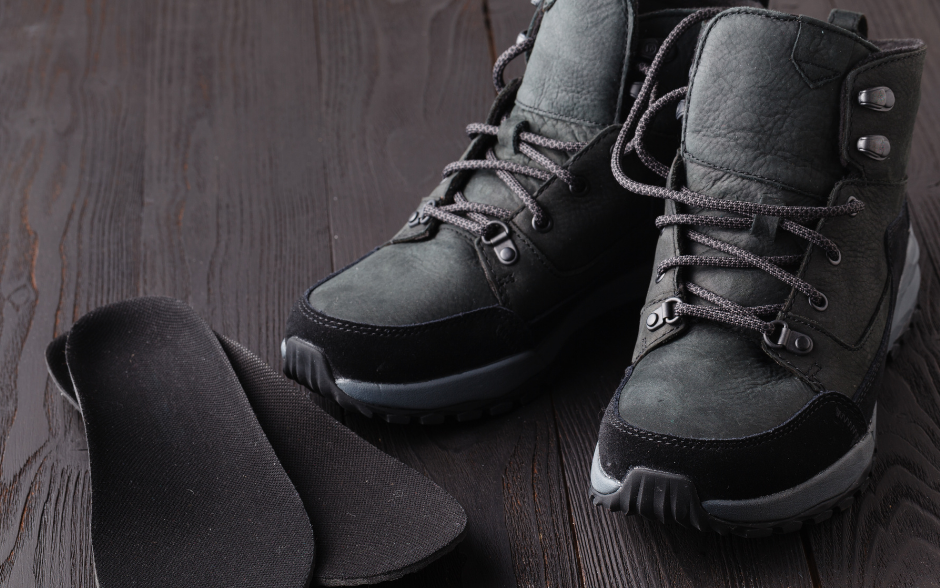
Plantar Fasciitis
Heel discomfort is fairly common, and you will almost certainly experience it at some point
throughout your life. In most cases, you may develop plantar fasciitis if you have a physically
demanding profession that needs you to be on your feet for long periods of time or if you just
suffer discomfort on a regular basis.
Despite the fact that this illness is prevalent, many individuals are unaware of it. As a result, our
Plaza Physiotherapy Experts have created this overview so that you can be aware of any
symptoms and be on the lookout for them.

What Is Plantar Fasciitis?
Plantar fasciitis is a frequent cause of discomfort at the bottom of the heel, arch, or both regions
of the foot. On the bottom of the foot, the plantar fascia is a thick, fibrous, ligament-like band. It
begins in the heel, continues forward down the foot, and ends at the ball of the foot.
Plantar fasciitis is a condition that occurs when the plantar fascia gets inflamed and swollen
overtime.
Plantar Fasciitis Causes
Our body weight comes to rest initially on the heel and then progressively along the length of
the foot with each stride we take. The foot flattens when it starts to bear weight. This exerts
strain on the plantar fascia, which has a limited range of motion.

Plantar fasciitis may be caused by a variety of factors, including the following:
● There isn’t enough arch support to support their feet,
● A previous injury,
● An increase in activities that require repeated foot work, such as running, basketball,
tennis, soccer, or gymnastics,
● The person being overweight,
● Walking barefoot,
● Not enough physical activity,
● Lack of comfort in your shoes,
● Standing for long periods of time,
● One of your legs is shorter than the other.
This leads the foot on the longer leg to bear the body’s total weight for a longer period of time than typical, putting strain on the fascia in that foot. Furthermore, the shorter leg’s foot strikes the ground harder, placing greater pressure on that foot.
Signs And Symptoms
Some common signs and symptoms to expect from plantar fasciitis are:
● Pain in the feet,
● Exercising causes more discomfort,
● The arch of the foot hurts,
● Pain that is worse first thing in the morning or when you stand up after a lengthy period
of time,
● Swollen heels,
● Pain that lasts for months at a time.

Treatment Types
Depending on the severity of the problem, certain treatments may be more effective than others.
Here are a few examples of common treatment types:
● Rest,
● Elevating or laying down to reduce swelling,
● Use of ice packs,
● Orthotics,
● Cushions for the heels,
● Splinting your foot at night,
● Wearing proper shoes,
● Certain stretches provided to you by one of our physiotherapists.

You should see a considerable reduction in the amount of pain you’re feeling within 10 months
of commencing treatment at our Burnaby physiotherapy clinic. You’ll be able to regain full control
of your condition and get back to an active lifestyle with the appropriate treatment plan.
